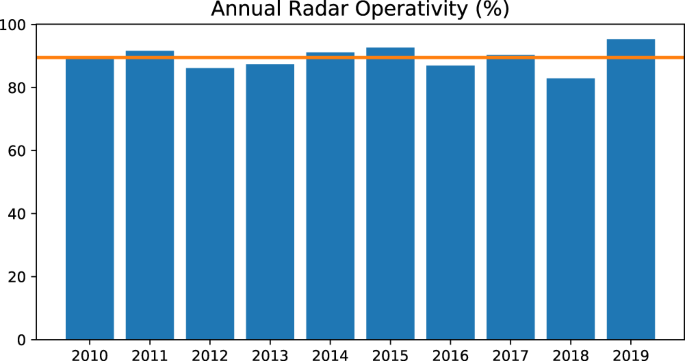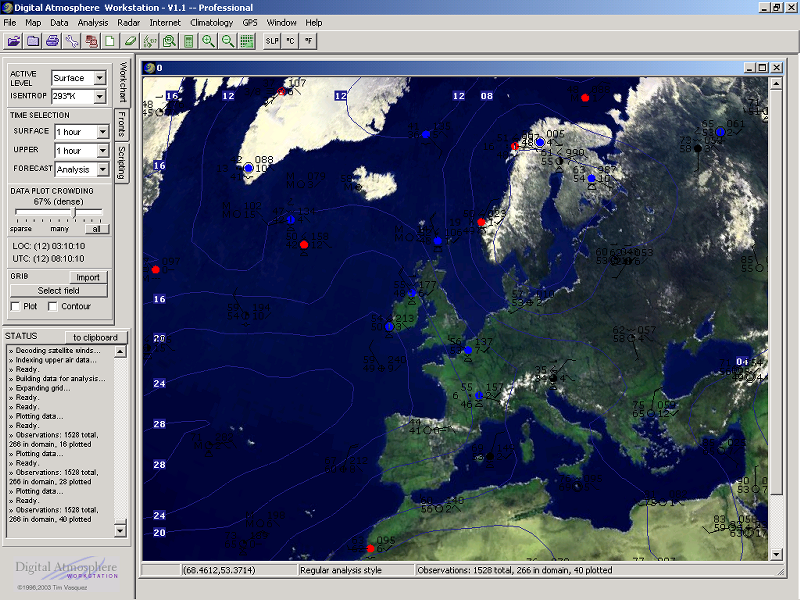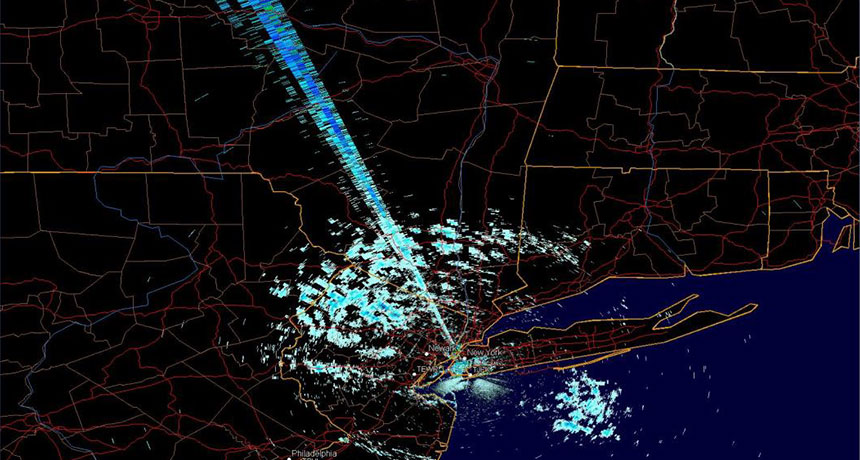
The algorithm takes into account multiple storm aspects, including information available from dual-polarization radar, and reviews the statistics related to each evaluated element. The NTDA uses machine learning to evaluate storm criteria and calculates the probability of whether a tornado is present with each detection. The NTDA provides an operations update to the Tornado Detection Algorithm, also developed at NSSL, which is currently in use. Researchers at NSSL are developing the New Tornado Detection Algorithm, or NTDA, to help NWS forecasters better detect tornadoes and hail.

This helps us understand atmospheric processes to help improve forecasts of significant weather events. NSSL uses a mobile Doppler radar to position close to tornadic storms to scan the entire lifecycle of a tornado.

Phased array technology can scan an entire storm in less than one minute, allowing forecasters to see signs of developing tornadoes well ahead of current radar technology. What we do: NSSL engineers and scientists have adapted phased array technology, formerly used on Navy ships for surveillance, for use in weather forecasting. The mesocyclone is usually 2-6 miles in diameter, and is much larger than the tornado that may develop within it. When a Doppler radar detects a large rotating updraft that occurs inside a supercell, it is called a mesocyclone. A storm with a tornado observed by radar has certain distinguishing features and forecasters are trained to recognize them. Storm spotters can be emergency managers or even local people with a keen interest in severe weather who have taken formal storm spotter training in their community.Ĭomputer programs, called algorithms, analyze Doppler radar data and display it in ways that make it easier for forecasters to identify dangerous weather.

Storm spotters have been trained to recognize tornado conditions and report what they see to the National Weather Service. Some of these are visual cues, like the rear-flank downdraft, and others are particular patterns in radar images, like the tornadic vortex signature (TVS).

Forecasters and storm spotters have learned to recognize certain thunderstorm features and structure that make tornado formation more likely.


 0 kommentar(er)
0 kommentar(er)
